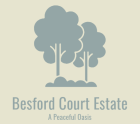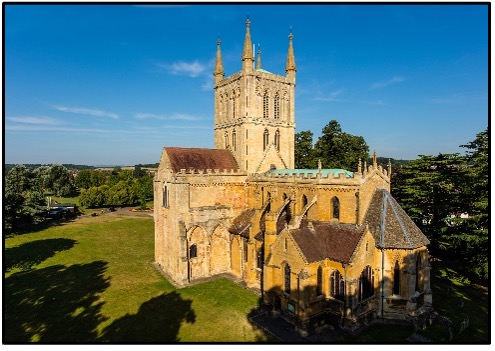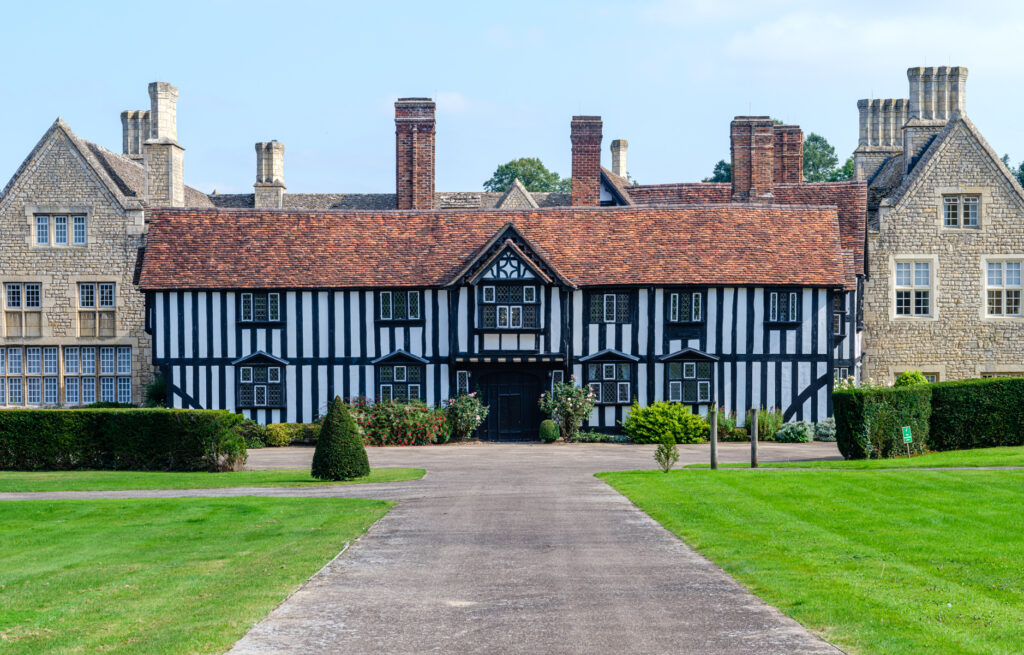
The History of the Estate
The Early History
The estate has a long history and has seen a wide variety of uses.
Worcester, the closest city and 6 miles away, is known to have been one of the first areas of settlement in England. It is thought that the first settlement here was 5000 years BCE. Besford Estate can’t claim that age, but it can trace its roots back to 972 CE when it appears in the Charter for Pershore commissioned by King Edgar. In it, the King patronised Besford, as part of Pershore Abbey’s domain, with 10 hides; one hide being a parcel of land deemed adequate for the sustenance of a household. This land was for the monks to use and manage. [1]
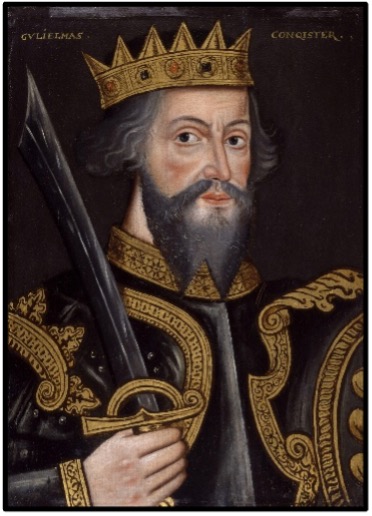
The Battle of Hastings to Tudor Times
For Besford, the next significant event occurred when William 1st conquered England in 1066. He was accompanied by Urso D’Abitot, a man believed to be of humble origins – non aristocratic. Following the main battle, a little north of Hastings in Sussex, William moved with speed and seized the property of the English to distribute amongst his Norman nobles and gentry. Urso was given Besford Manor along with Croome Manor, which still bears his name today, Croome D’Abitot. [2] By 1069 he had risen to the important position of Sheriff of Worcester.
The historian Lewis Loyd refers to Urse as “in origin a man of no importance who made his way as a soldier of fortune”.[3]
In the 12th century, Urso’s son, having been exiled for murder by King Henry I, forfeited the lands and offices of state. This left the land at Besford within the King’s power to distribute. In approximately 1115, Walter de Beauchamp was favoured by the King with the office of Sheriff of Worcester and he was awarded the Besford land. The Beauchamp family became further elevated when the King made Beauchamp, Earl of Warwick.
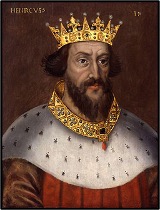
The de Beauchamps
The de Beauchamps sometimes just referred to as the Beauchamps had several homes and the Manor at Besford was tenanted, they did not live there. The first recorded family to live there under their tenancy was headed by Alexander, around 1175 whose occupation is described as ‘a knight’. The family then took the surname Besford, sometimes seen as de Besford. [4]
Beauchamp had become one of King Henry I’s ‘New Men’ (men and families that rose from nothing to prominence in the royal service), and the Besford manor and its land remained in the family for many years. [5]
A colourful life threaded its way through the Beauchamp’s ownership in Besford and not all was successful. William, the third de Beauchamp, abused his power, grabbed land, refused to pay taxes and extracted enormous funds from his tenants via hefty taxation. His abuses caused a rift between himself and Bishop Cantiloupe of Worcester, resulting in the Pope excommunicating him. [6] It was around this time that the Manor was improved and a moat was built, the moat lasting for many generations. As the Manor is built into a little hollow, and the fields to the south are threaded with springs in the sand beds, the water was able to feed the moat via gravitation.
The name Beauchamp still features in areas of Worcestershire today.
It is pronounced Beech-am.
An extract from the Doomsday book showing Besford listed. [7]
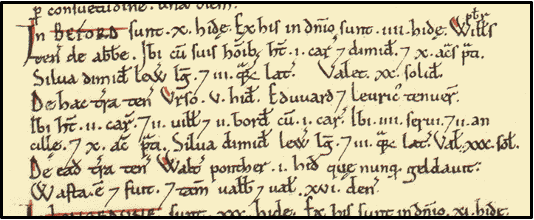
The Manor House
Dated by Wallpaper
The original manor house ‘Besford Manor’ no longer exists having been replaced with buildings throughout its history. The general conjecture by antiquarians is that the Elizabethan house was built in 1575, by Edmund Harewell when he had become High Sheriff, following the demise of the original manor house. Evidence for this is based upon the discovery of fragments of wallpaper dated to that time, during a refurbishment in 1911 to 1913. The fragments were found beneath plaster in a bedroom. The bulk of this Elizabethan building still forms the elegant centrepiece of the Court, today. Parts of it were destroyed in the 18th century when a Georgian house was erected and then when 19th century refurbishments were carried out and new buildings added. The gardens, dug for foundations, revealed the charred and fire damaged wood of the original building. ~
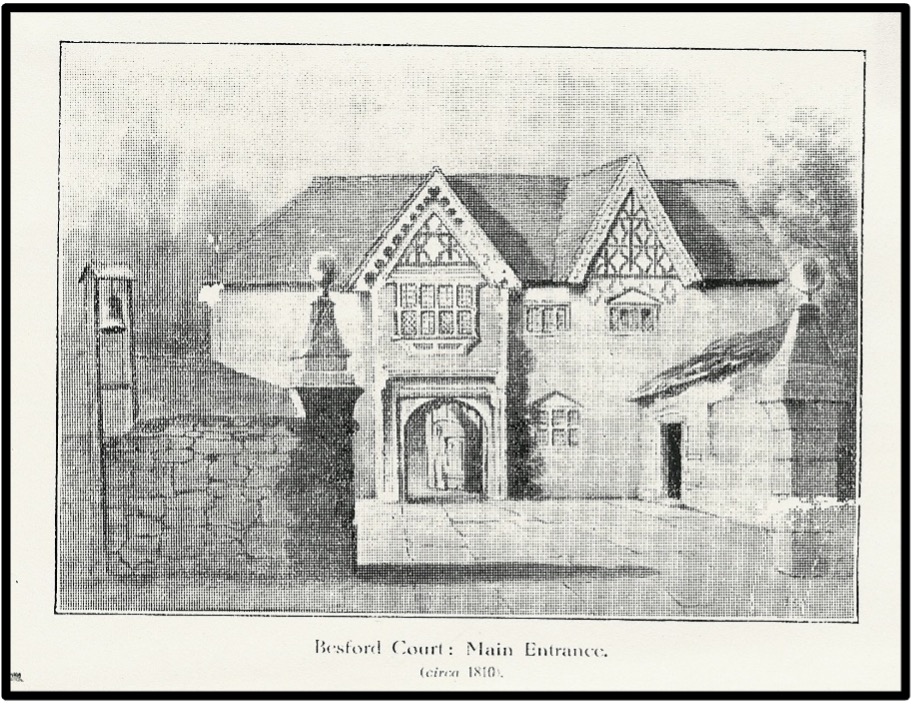
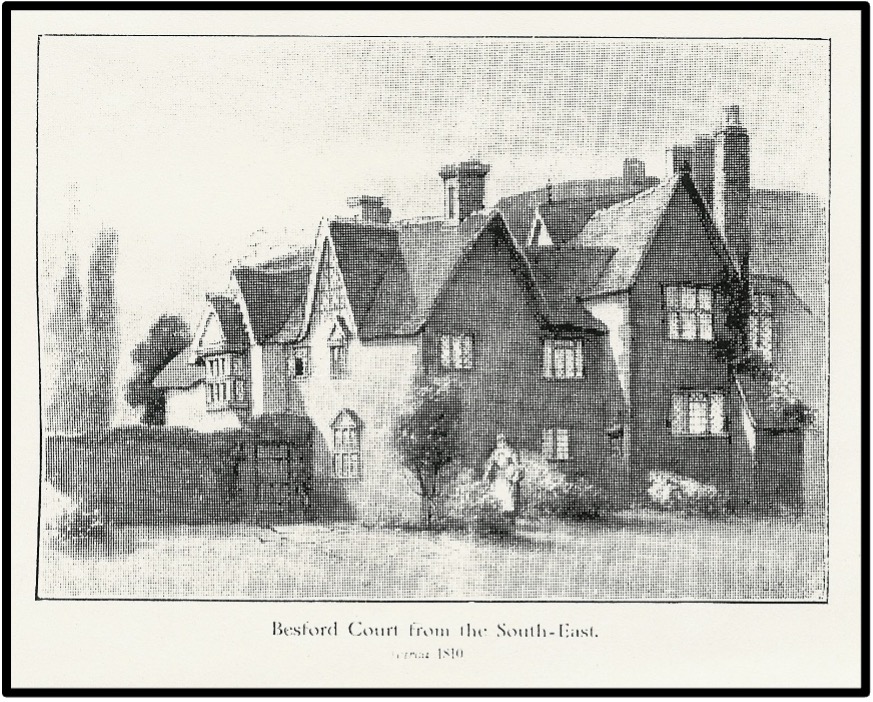
The Manor House in 1810
Beauchamps, Besfords and Harewells
Alexander Besford
At some point in the 14th century, Alexander Besford, one of many carrying this name down the generations, benefitted from his connection with Beauchamp, now the Earl of Warwick, and became an MP. Besford’s grandfather, also Alexander, had been a prominent MP sitting in 1313,1315 and 1324. However, in June 1393, Besford lost a sinecure, often considered a mild reprimand for his support of Warwick, who had a deteriorating relationship with King Richard II. But through his own work, he managed to obtain a pardon from the king the following May and was able to continue in his role of MP. [8] He was considered an important ‘Besford man’.
Laying Claim to Besford
Upon Alexander de Besford’s death, in approximately in 1404, actual date unknown, the ownership of the manor was disputed and prospective heirs had to make their case of claim to the Church. The Church would appoint the owners through advowson, a clerical law. Favour was found with Alexander’s eldest daughter and her husband, John Dicleston. Thus, John and Margaret Dicleston became the next owners.[9]
When John died, his widow, Margaret, married Thomas De La Hay to whom the manor then passed. Their eldest daughter Elizabeth married into the Harewell family and in 1500 Edmund Harewell became the new owner. A period of turmoil was to begin.
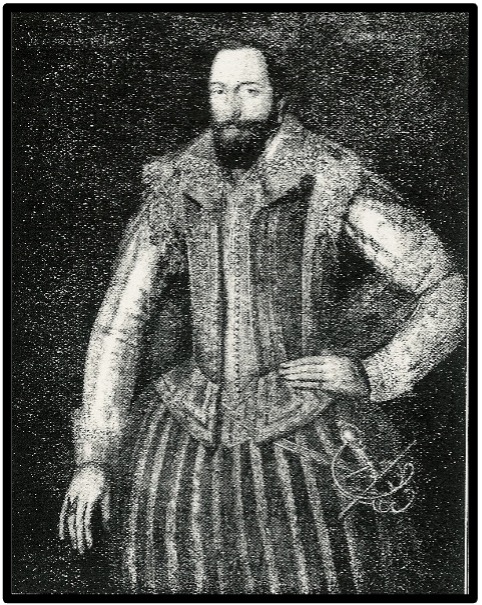
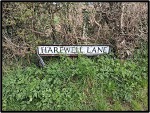
Lord Edmund
Edmund was an enigmatic figure and had some clashes with The Abbot of Pershore, William Compton. Edmund was accused of arriving in ‘town’, Pershore, with 5 knights and 10 riotous friends ‘defensibly arraied in manner of Warr with bows, arrows, swords, bucklers, and other unlawful weapons.’ [9] It is alleged that they went on to assault some of the Abbey’s servants so that the Abbot, William Compton, had to lock all those associated with the Abbey, inside. The accusation continues with the threats that Harewell makes against the Abbey on a near daily basis. The resulting case, when heard, is a mixture of complaints and counter complaints that weave a complex story. The tale peters out and no records remain to source a resolution.
Later, Harewell finds himself in trouble again having enclosed some land thus depriving the people of their common land. The investigating commission ordered Harwell to return some of the land for common use, but permitting him to keep some within his park for the use of raising game for local Lords to hunt.
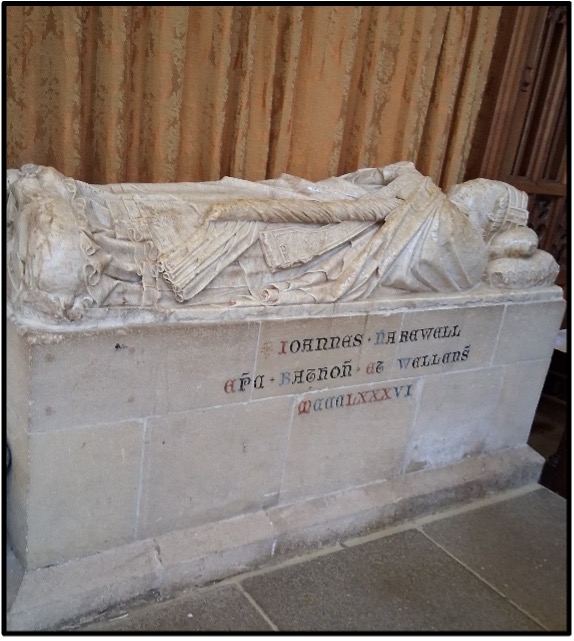
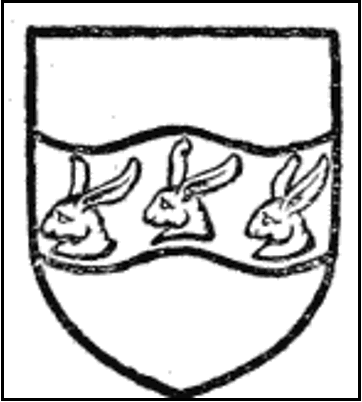
Edmund Harewell’s Grandson, Another Edmund.
Edmund’s grandson, also called Edmund, inherited the estate in 1532, and appears to be a different character. He married well and enriched the Besford estate. [10]
A leading catholic, and Sheriff of Worcestershire, Edmund Harewell took the Oath of Supremacy around 1534, meaning he acknowledged King Henry VIII as the Supreme Head of the Church in England, and he could sit in the Commons. This important position was during the Reformation, when King Henry VIII was breaking the supremacy of the Roman Catholic Church in England. In 1533, the Archbishop of Canterbury, Thomas Cranmer declared the King’s marriage to Queen Catherine invalid, leaving King Henry free to marry Anne Boleyn.
The last of the Harewells, Edmund Harewell, 1567 – 1614, was made a Knight of the Bath in July 1603 at the coronation of King James I.[11]
Trouble at the Election.
In the1604 election he was supported by Henry, 5th Lord of Windsor the only peer in the county. It was becoming a dark and Machiavellian election as different landowners told their workers how to vote. On the morning of the election, the bells in Pershore Abbey rang at 3am to summon inhabitants to vote for Harewell. As numbers began to swell, clashes broke out between different factions and several people were injured. At a point of heightened tensions, it was declared that Harewell’s opponents had the most ‘voices’. Disappointed, he called for a poll, but was refused. It’s possible he sought election to avoid creditors as he was becoming hopelessly in debt. The story he told painted a picture of himself carrying out all his duties to such high standards while travelling across the country in his various roles, that his income was insufficient. Eventually, in 1606 he was forced to sell Besford Manor
The Sebrights
Buying the Manor
The manor, known as Besford Court, and its lands were bought by William Sebright, Town Clerk of London for £7147.00 and the contents for £162.4s.9d. For almost 3 centuries, the Sebrights held the estate with few major events. But during the English Civil War (from 1642 to 1651) the name ‘Sebright’ is found in documents. William’s son, Edward Sebright, was a staunch Royalist in an area that was predominately Parliamentarian. For this offence, he was fined £1,200, the maximum allowed in law and the heaviest in Worcestershire. Edward went on to fight for the Royalists having been raised to a baronet in 1626.
In 1885, with the drainage of the family’s fortune, Sir John Gage Saunders Sebright 9th Baronet sold Besford Court to Frederick Lygon, 6th Earl Beauchamp 13 x grandson to King Edward III.
It was rumoured that at the time of his death, in 1890, the 9th Baronet left just £5.
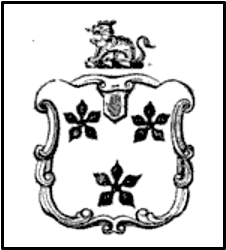
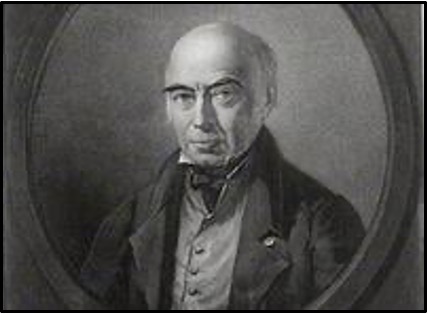
The Sebright Legacy
The legacy of William Sebright, the first owner who started to build up the Sebright’s fortunes, lives on. In his Will he established the charity ‘Sebright’s Endowed Schools’. Some schools in Worcestershire still benefit from the charity today, for example, Wolverley Sebright Endowed School. The charity had a name change to ‘Sebright’s Educational Foundation’ and the Foundation offers financial help for education, today.
The Nobels and a Change of Plan
The Sale of Besford Court
Lineage for the Right Honourable Frederick Lygon 6th Earl Beauchamp has been difficult to follow, so it is not certain if he was related to the earlier family of Beauchamps, or not. He owned the Manor for twenty five years and in 1910 sold it to Major George Nobel, later Sir George Nobel. At some point in his ownership, Beauchamp stripped Besford Court of its ornate oak carved panelling and installed it in another of his homes, Madresfield Court.

The Nobel’s Renovations
It was at this point that plans for extensive work were begun by Nobel to refurbish and extend the house. The architect of the refurbishment, a man that had been engaged by the Beauchamps in the past, was Albert Wells, who was also a craftsman and inventor. Money didn’t seem to be a barrier. It was a costly renovation as Nobel erected huge stone wings attached to the original 16th century building. These still stand strong and proud today. The whole structure enclosed a Tudor Gothic style courtyard. Stone was obtained from Cleeve Prior and derelict Cotswold cottages bought to strip them of their properly weathered roof tiles. Oak was sourced to replace the carvings and panelling. Nobel even had two cottages next to the court, reworked into one building called the Dower House, whilst retaining their original characters.
Divorce
Just 2 years into the renovation, in 1912, all work stopped as the Nobels separated. Lady Mary Nobel, often referred to as ‘Molly’, had struck up a relationship with the architect Randall Wells. In 1916, the Nobels divorced and the following year, Lady Nobel became Mrs Wells.
The building of the outer shell was complete, but the interior was barren, nothing had been done. It was a blank canvas. The future of Besford Court as a solid country house home, was at risk
The Sale of the Court
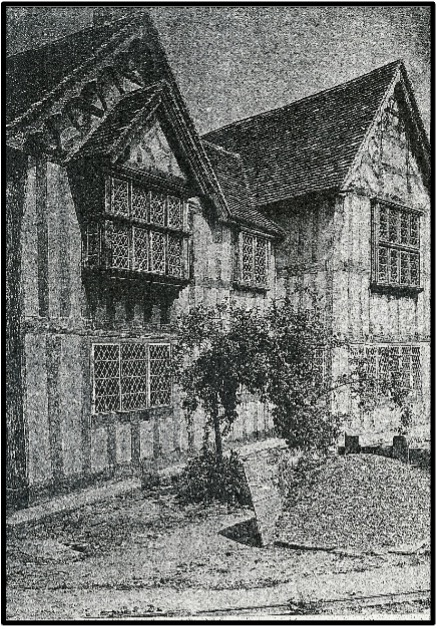
The Court gets broken up
Upon separation of the Nobels, new owners were sought, but hard to find. The Court eventually found an owner, not from a single family, but from a syndicate. The days of it being a family home were lost in the past.
It appears that the syndicate was prepared to asset strip the Court and building and land were sold. When saturation point had been reached, the syndicate looked for a new owner.
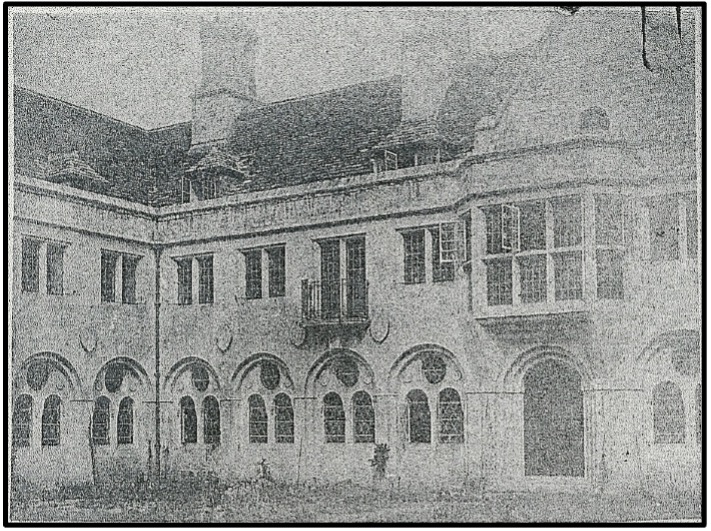
New Owners
When the syndicate could find no buyer, the County Council suggested they take on the site to quarry for road building materials. This was rejected. A cinema company offered to buy it, simply to load it with explosives and blow it up for a dramatic film scene. However, at the eleventh hour, the Archbishop of Birmingham decided it should be bought by the Church for ecclesiastical use. At the same time, Father Thomas Adhelm Newsome had been considering developing his idea to support unfortunate children in a suitable building and had heard that the Court was to come onto the market at a knock down price.
Money Matters
Finally, in 1914, it was bought by Mr J B Webb, a member of the Birmingham Rotary Club, on behalf of the Roman Catholic Trust to use as a school. As a solidly built construction, the interior was ripe for transformation into a school and Father Newsome vigorously sought funding. £20,000 was the target, equivalent today to approximately £1.2 million. He secured a fair amount including a donation from Neville Chamberlain, the Alderman in Birmingham, for £250,
The School
After much construction, by Birminghan builder Henry Grant, including a Saxon shaped chapel named for St Therese of Lisieux, classrooms, a gym, a walled garden, bathrooms, and even an isolation block that could be used to prevent infections spreading, the school opened in 1917 under the name Besford Court Home and Farm Colony.
It was to be a ‘Welfare home for mentally-defective Catholic children.’ [12] and the first Administrator, was Father Thomas Adhelm Newsome. Passionate about supporting the education and wellbeing of children, he even consulted with them on the food they should eat as well as the quantity and ensured the highest medical standards. Working for him was a Headmistress and a team of Nuns.
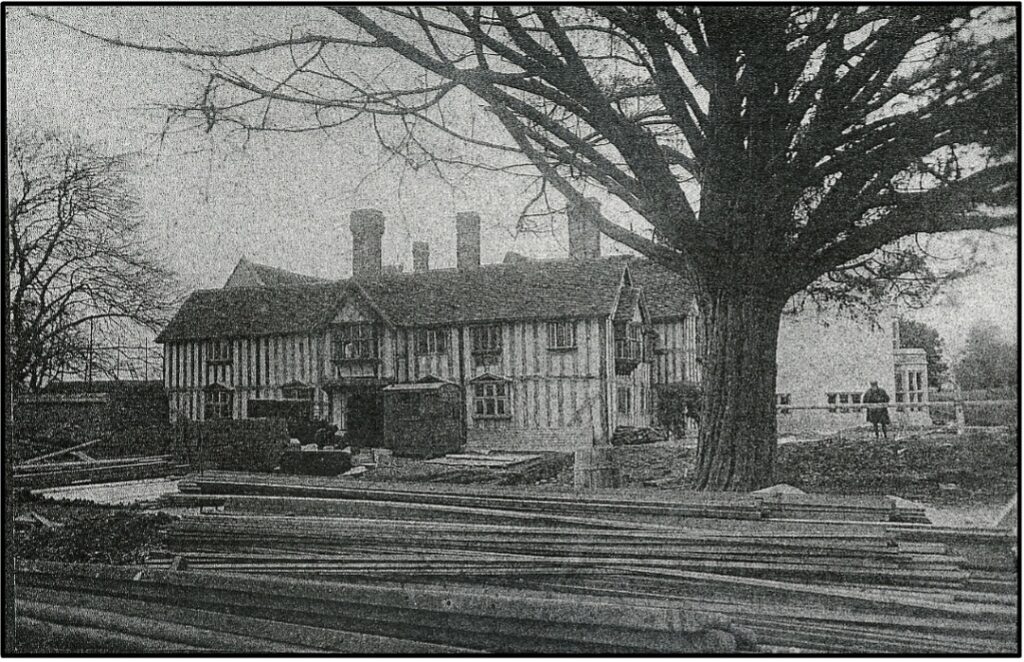
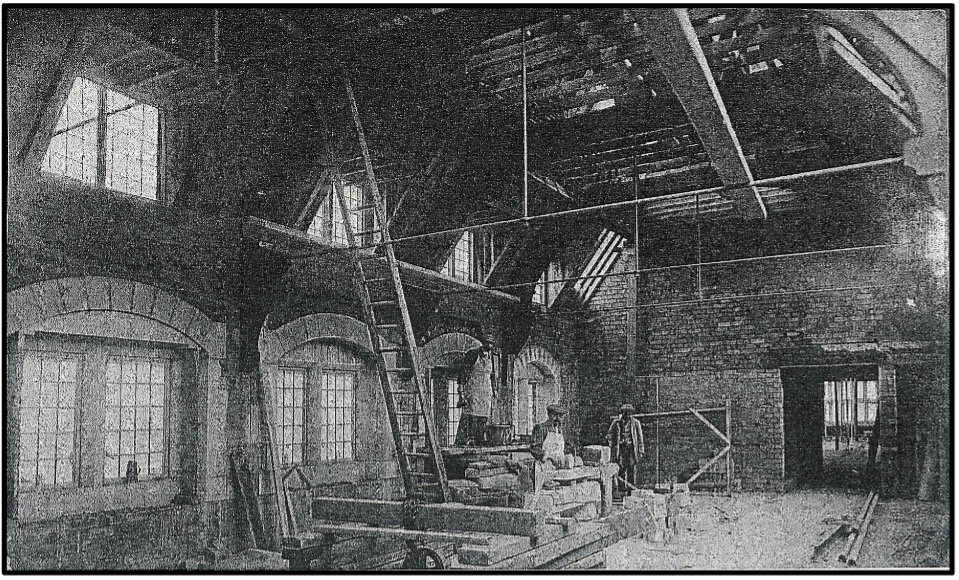
A Change of Name
However, in 1918 it was redesignated as a Special Industrial School for girls and boys which allowed it to take in boys and girls who had been placed under detention by the courts. This meant children over the age of 5, 73 boys and 46 girls a total 119 children could be placed there at any time. A little over two years later in October 1920, the school was recertified for boys only, still with a maximum of 119. At the end of this decade, the school had a name change to Besford Court Catholic Mental Welfare Hospital for Children. By 1923, the school had an international reputation for success based upon kindness and physical punishments were banned.
Lower Drive
Although much land belonging to the Court had been sold, there was still about 35 acres. To the west of the Court, on the Court’s land, there was a small road and in 1930, the parents of a child at the school were able to build a house along this road. The house was for the exclusive use of the boy and his nurse and named St Benadette’s. Along with the house came modern electricity and thereafter, a few more houses were built along this Lower Drive by wealthy parents. This was the seed of Lower Drive as a residential area and since the 1930s, has undergone an enormous change, along with the Court.
In 1933 it had a change of status and name, becoming a Special Approved School. This school didn’t last long and gave notice to change status once again in 1937 – the school would become Besford Court College and provide training for ‘high grade mentally defective boys and those exhibiting unstable conduct’, [13] from age 7 upwards. The school continued in this way until 1982 when girls were accepted and in 1986 a sports hall was added and swimming pool in 1992. The school finally closed in 1996.
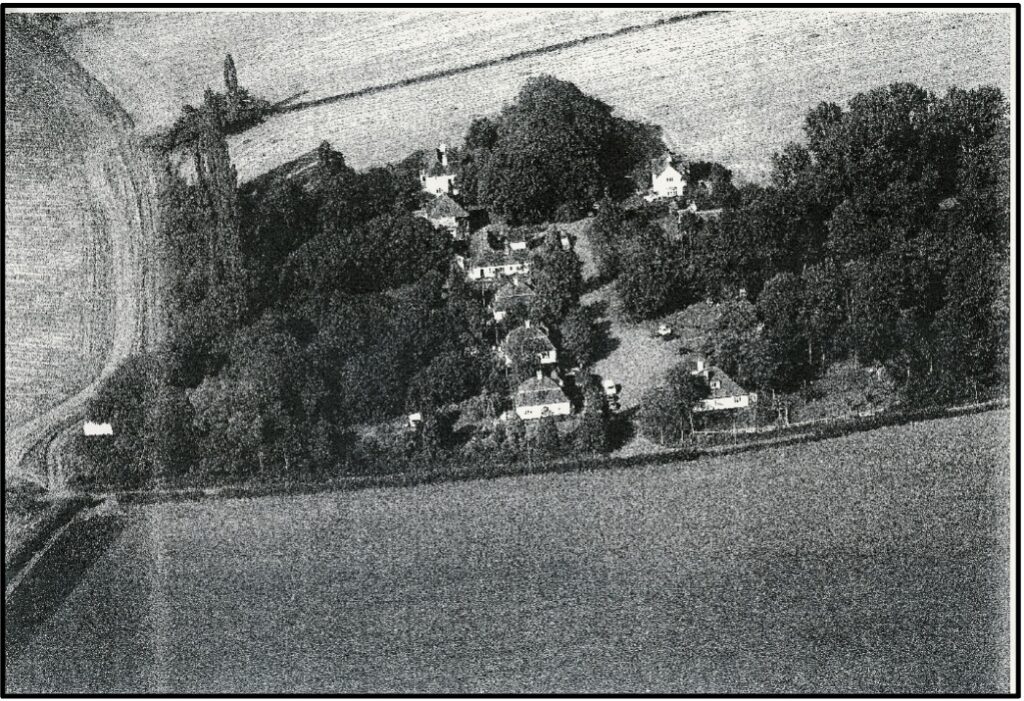
For Sale Again
New owners, New Plans
Three years later in 1999, the whole plot had been bought by Prowting Homes, with plans to renovate the Court and turn it into 8 luxury apartments. Some other buildings would be demolished, others reburbished for homes and the estate landscaped.
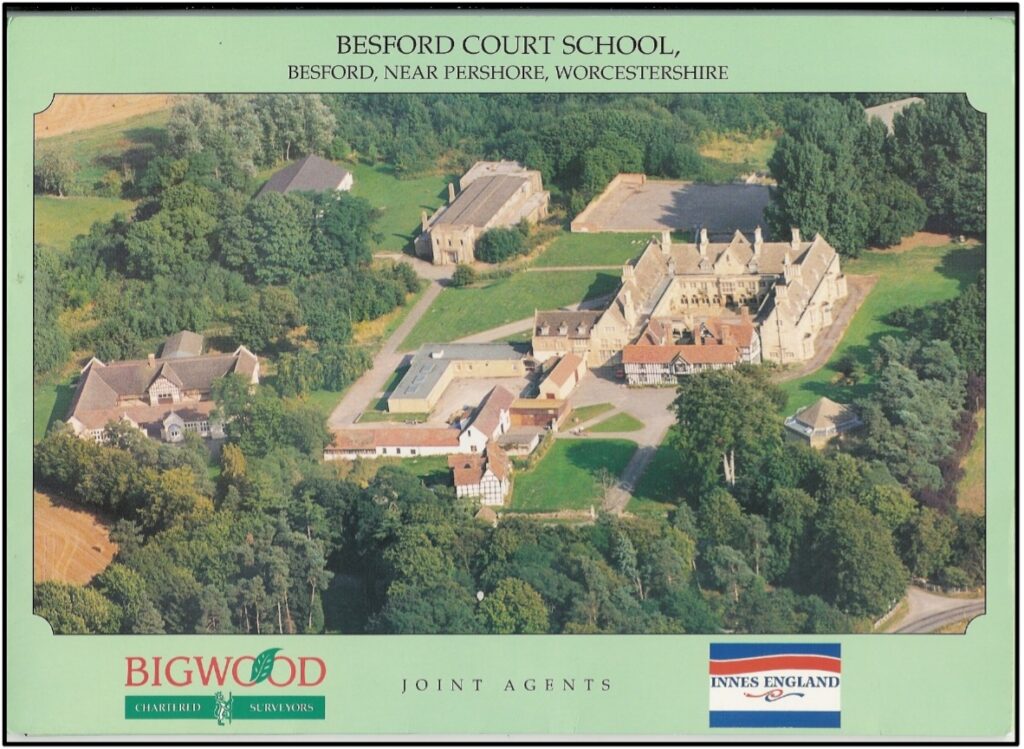
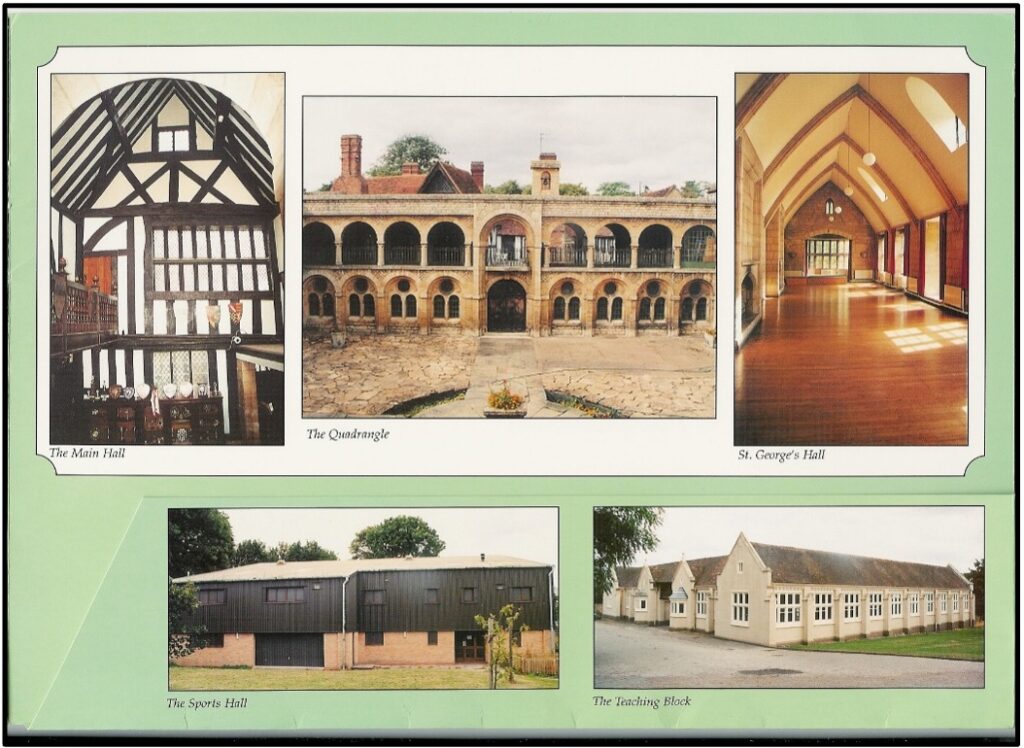
New Houses in Lower Drive
Lower Drive was completely demolished and 27 new dwellings were built. Plenty of common land was left giving a spacious and green feel to the Drive.
The Besford Ghosts
Felt,But Not Seen
Due to its excellent location, there was a Roman station here in Besford and it’s possible even palaeolithic peoples settled here. With all the history and abodes on this site, it is not surprising that legends of ghosts and poltergeists developed.
During the time the Court was a school, the Dower House was the scene of some preternatural activities. Locked doors swung open, lights mysteriously relit themselves and shadowy presences made themselves felt. Some boys even claimed to have seen ‘queer unearthly faces’. [14] Even today’s modern electric lights have been known to dim without explanation. Is there a presence here?
The Grey Lady – Seen!
Imagine the shock when Mr Charles Burke, a member of staff, saw a lady in 19th century clothing, a bustle and bonnet, walk through a closed door sideways. A gentlewoman of about 30. At midnight. This ghostly woman is now referred to as The Grey Lady and there have been several sightings of her since. It is thought that she is in mourning for her child who died in a corner room under ‘distressing circumstances’. [15] Over the years, several sightings of her have been reported many stating that she is accompanied by a flowery perfume.
Today
Today, Besford Court Estate which includes Lower Drive, offers country living within a beautiful setting of well-tended grounds, ponds, wooded areas, formal gardens, informal lawns, big skies and of course, plenty of history. It is a special place to live.
BIBLIOGRAPHY, CITATIONS AND FURTHER READING
[1] (King’s College London) CITATION Stokes P.S 2008 King Edgar’s Charter for Pershore 972 Anglo-Saxon England,37, 31 – 78 https://doi.org/10.1017/S0263675109990159
https://kclpure.kcl.ac.uk/ws/portalfiles/portal/6497762/coverKing_Edgar_s_Charter.pdf page 47 First accessed March 2025
[2] The Hidden History of Besford Court page 4. by Julia Meadows published by Pershore Civic Society
[3] Loyd Origins of Some Anglo-Norman Families pp. 1–2 from Wikipedia First accessed March 2025
[4] https://www.wikitree.com/wiki/Besford-2 First accessed February 2025
[5] Doherty “Henry I’s new men” Oxford Dictionary of National Biography IBID above First accessed 27.02.25
[6] Mason, Emma, ed. (1980). The Beauchamp Cartulary Charters 1100-1268. New Series. Vol. XLII. London: Roll Society. First accessed via Wikipedia 28.02.25
[7] https://besfords.com/besford-in-the-domesday-book/ Besford in the Doomsday book. Page 1 First accessed 1.03.25
8] https://www.historyofparliamentonline.org/volume/1386-1421/member/besford-alexander-1400 First accessed 03.04.25
[9] The story of Besford Court Newsome.
[10] https://www.geni.com/people/Margaret-de-la-Hay/6000000007606312118 First accessed 1.03.25
[11] https://www.wikitree.com/wiki/Harewell-29 First accessed 02.03.25
[12] https://besfords.com/besford-court/ First Accessed February 2025
[13] citation, Peter Higginbottom Besford Court Roman Catholic School for Mentally Defective Boys and Girls, Defford, Worcestershire. https://www.childrenshomes.org.uk/BesfordCourt/ page 1. First Accessed February 2025
[14] and [15] Sharples, B T. 1996, A Rich Cloth Besford Court School citation Sharples page 7
https://www.historyofparliamentonline.org/volume/1604-1629/constituencies/worcestershire
https://www.historyofparliamentonline.org/volume/1386-1421/member/besford-alexander-1400
Dan Jones (2021) The Plantagenets. The Kings who made England. ISBN 978-0-00-721392-4
https://www.wikitree.com/wiki/Besford-2
Sharples, B T. 1996, A Rich Cloth Besford Court School
https://en.wikipedia.org/wiki/Sebright_baronets
https://www.british-history.ac.uk/search?query=Besford&title=
https://www.british-history.ac.uk/vch/worcs/vol4/pp19-23
https://www.childrenshomes.org.uk/BesfordCourt/
https://www.britainfromabove.org.uk/image/EPW045017
https://www.voicesofwarandpeace.org/2017/09/20/on-this-day-20-september-1917/
https://simple.wikipedia.org/wiki/Henry_I_of_England
https://www.british-history.ac.uk/vch/worcs/vol4/pp19-23#h3-s2
